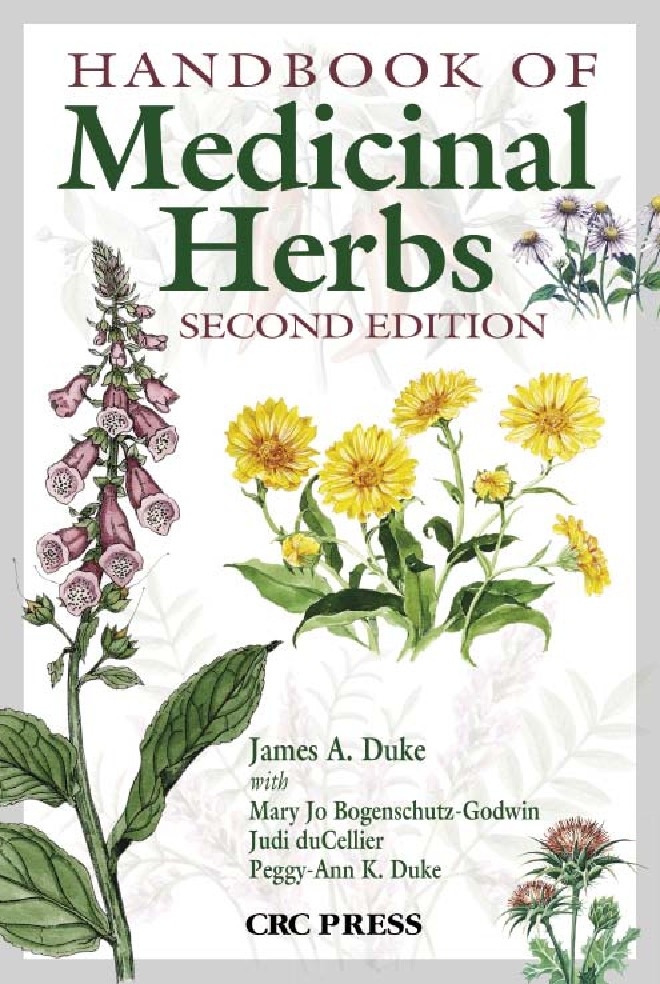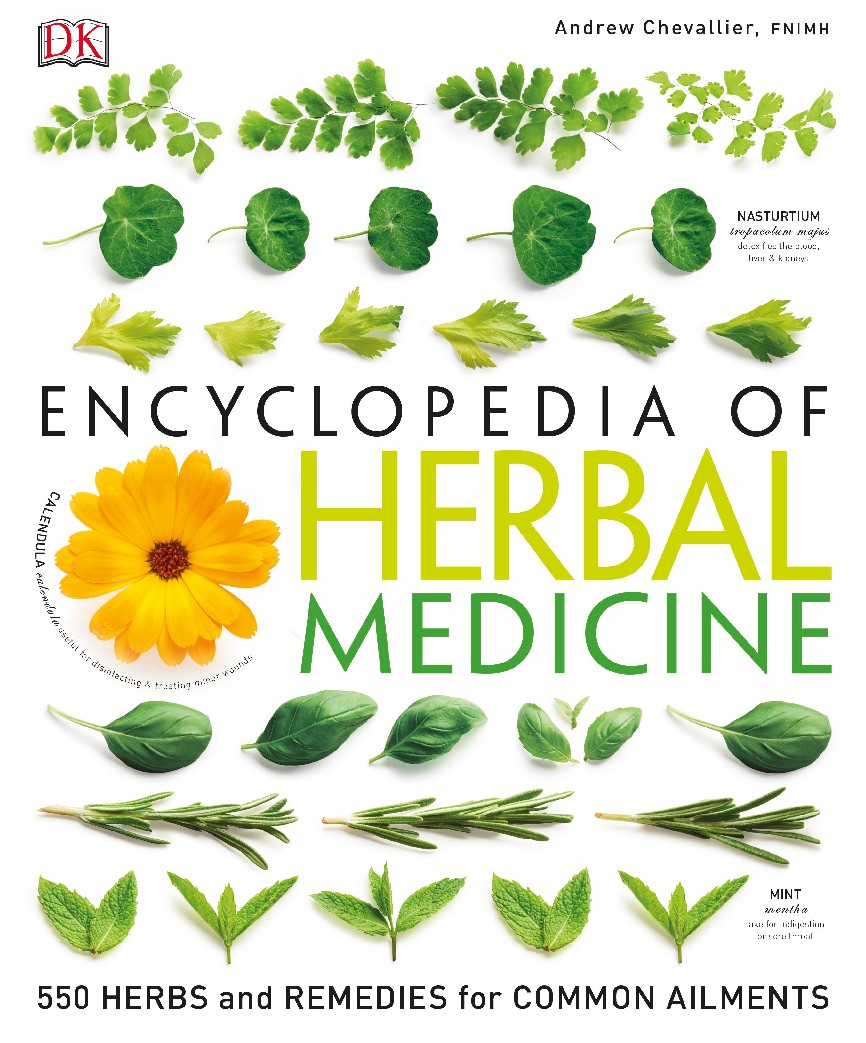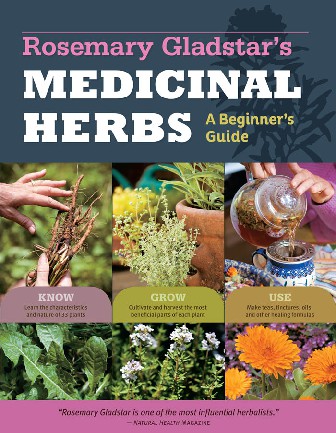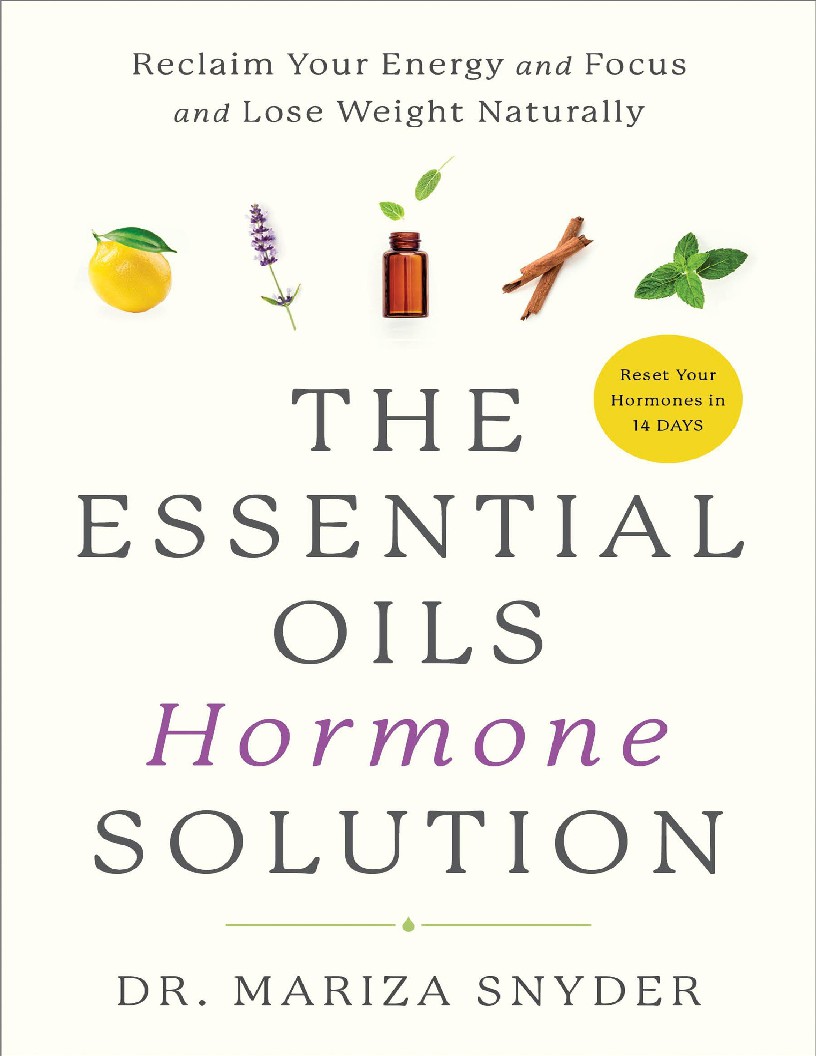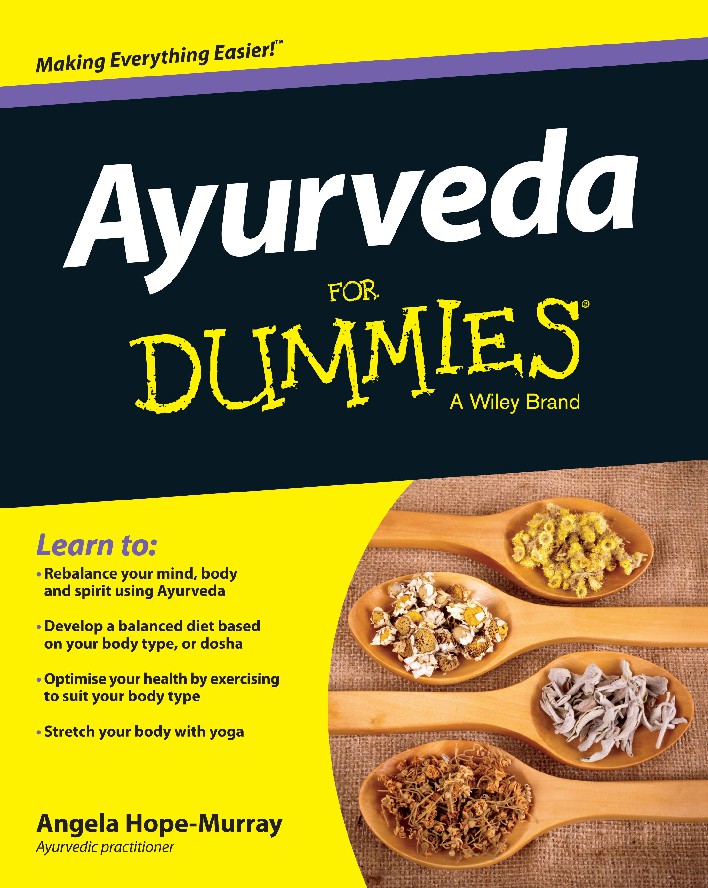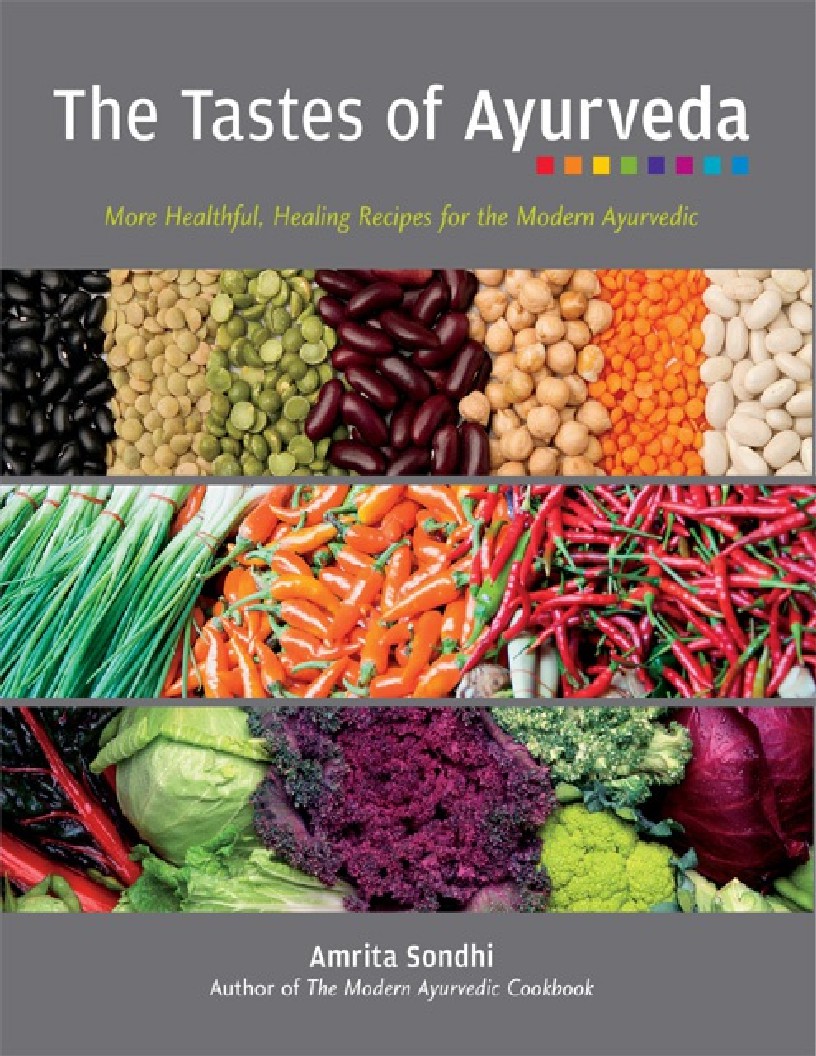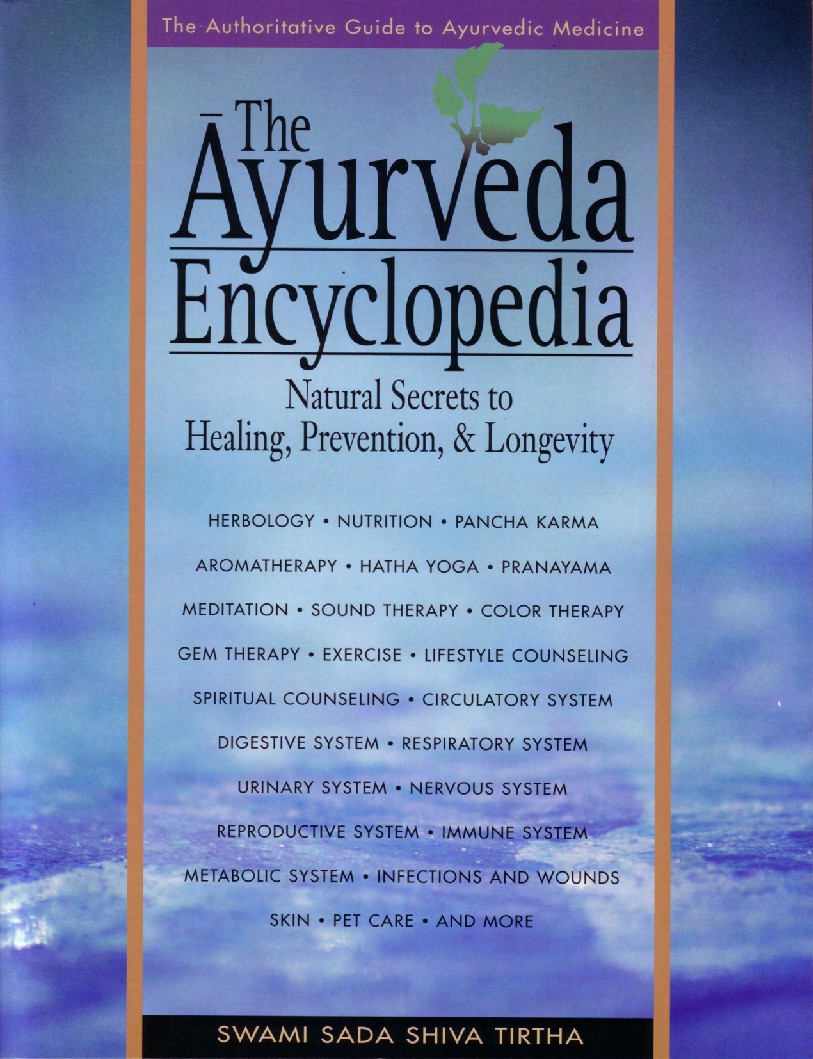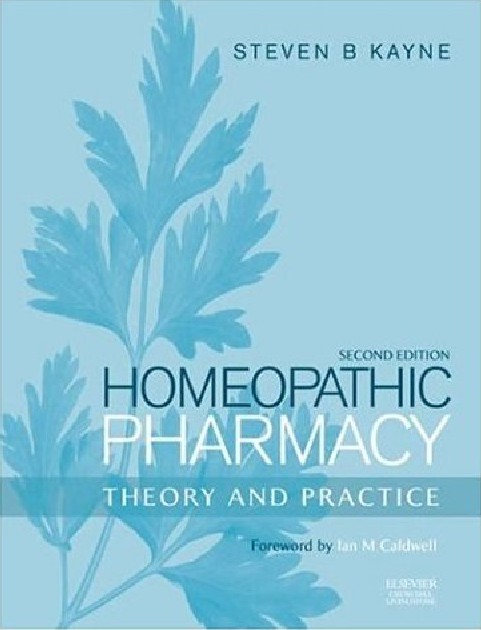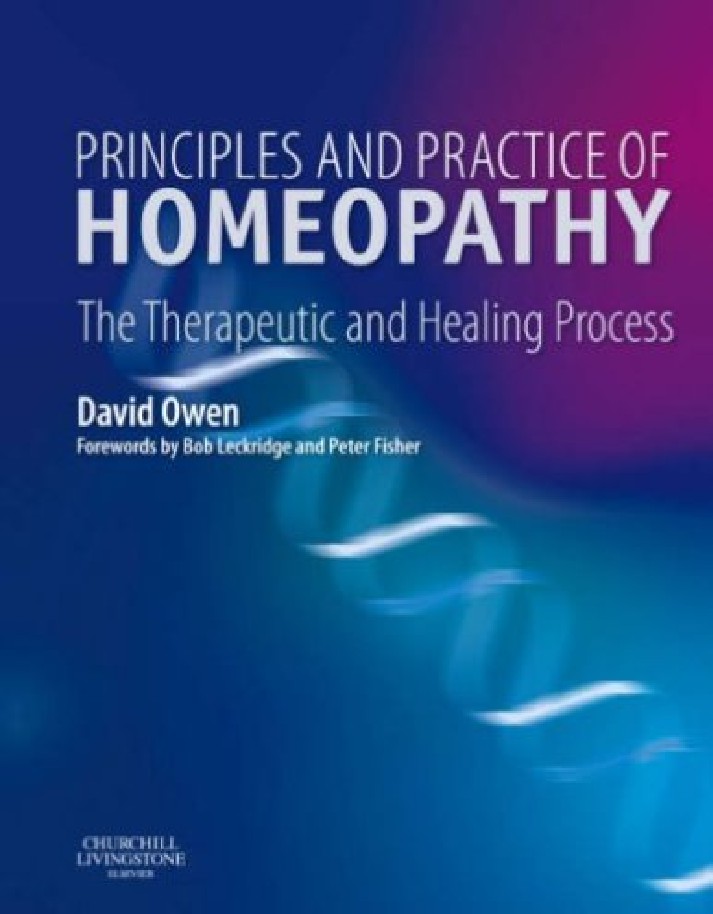Book Details

Ayurveda the divine science of Life
The two oldest extant and expounded systems of traditional
medicine are East Indian Traditional Medicine,
known as A - yurveda and dating back five to ten thousand
years, and Traditional Chinese Medicine (TCM)
whose history arguably is known to extend as much as
5000 years into antiquity. While Western medicine
owes its origins to the Egyptian, Greek, Roman and
Arabic cultures, it has been hopelessly fragmented
several times over the last 2000 years due to the disintegration
of the Roman Empire, then the early suppression
by the church of any physical healing
methods, and more recently, the development of pharmaceutical
drugs.
It has been argued that A - yurveda is the basis for
traditional Tibetan medicine, TCM and later Greek,
Roman and Arabic (or Unani) medicines. All these traditional
healing methods share a common unified
body-mind-spirit orientation, meaning that disease
and health are the result of the interaction of all three
aspects of being. As well, all of them are energetic
medicines based on their heating and cooling energies,
for instance, of food, herbs, diseases and constitutions.
Just as there is a close relationship between Chinese
martial arts and related physical disciplines and
Traditional Chinese Medicine (TCM), there is also a
healing relationship between the disciplines of yoga and
A -
yurveda. Today yoga continues to grow in popularity
as it is increasingly accepted into the mainstream of
the West. During the 1970s some of these same spiritual
Indian teachers bringing yoga to the West were
also responsible for introducing A - yurveda.
Because A - yurveda was first introduced by spiritual
teachers along with other intended moral practices
such as vegetarianism, it is seen by many as a harmonious
system of medical support for vegetarianism
rather than the distinct holistic healing system that it
truly is.
Author: Michael Tierra
Pages: 359
Issue By: eBook 707
Published: 3 years ago
Likes: 0
